Here's how to make maple glaze in just 5 simple steps:
- 1/2 cup pure maple syrup
- 2 tablespoons unsalted butter (optional)
- 1 tablespoon heavy cream or milk (optional for thickness)
- 1/4 teaspoon vanilla extract (optional)
- Heat maple syrup in a small saucepan over medium-low heat until warm.
- Add butter and stir until fully melted and incorporated.
- Stir in cream or milk to achieve desired consistency.
- Mix in vanilla and simmer for 2–3 minutes until thickened slightly.
- Cool slightly before using or storing.
Why Maple Glaze?
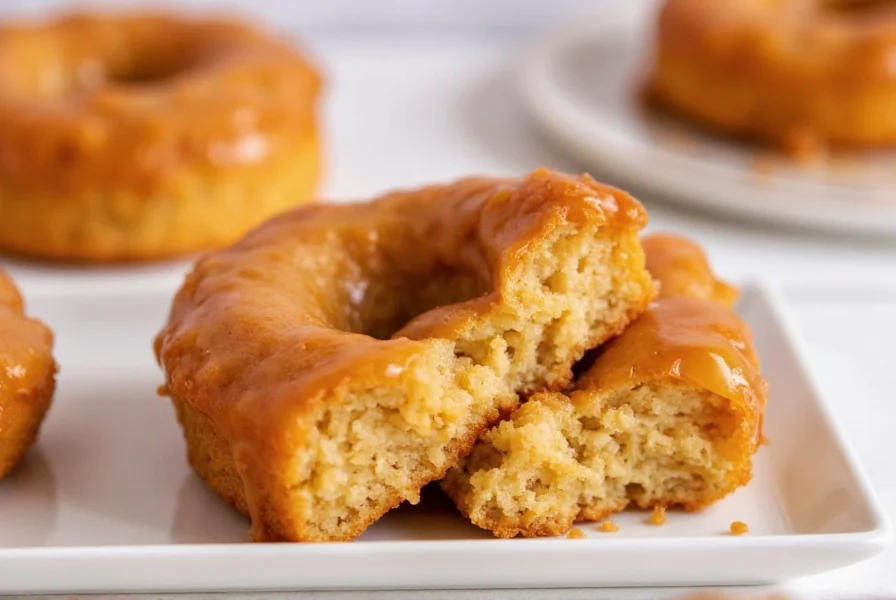
Maple glaze isn't just a sweet topping; it's a flavor enhancer. Its rich, caramel-like sweetness with earthy undertones makes it a versatile ingredient that works beautifully in both savory and sweet dishes. Plus, it's a natural product — no artificial flavors or preservatives if you choose the right kind.
In today's kitchen, where clean labels and minimal ingredients are trending, maple glaze is having a moment. From breakfasts to dinner glazes, and even desserts, this sticky delight has earned its place on every gourmet's shelf.
Table of Contents
7 Clever Maple Glaze Hacks You Need to Try
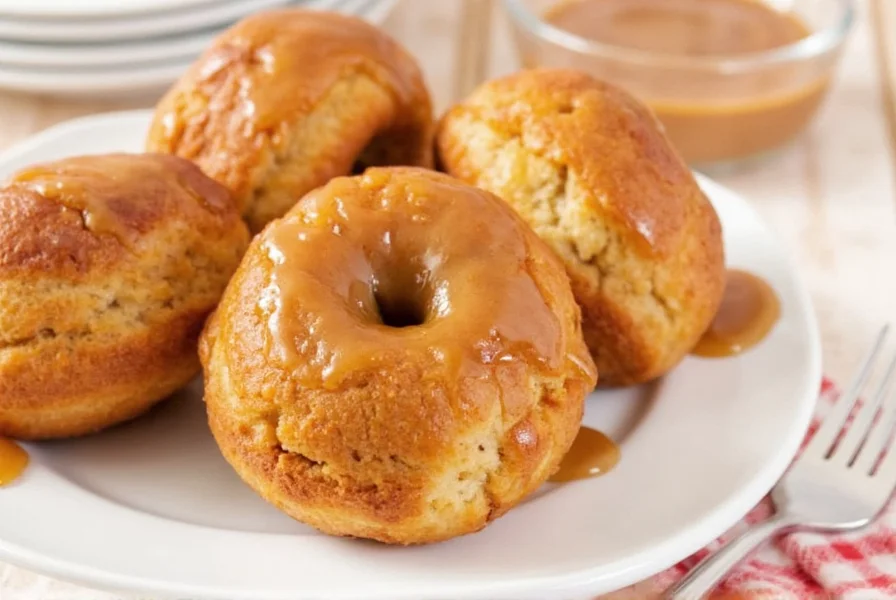
Once you've mastered the base, here are seven game-changing hacks to elevate your maple glaze game:
- Spice It Up: Add a pinch of cinnamon, nutmeg, or even smoked paprika for depth and warmth. Especially great on roasted squash or pork.
- Make It Smoky: Stir in a few drops of liquid smoke or use a smoky salt like alderwood-smoked sea salt for BBQ-style applications.
- Add Citrus Zest: Lemon or orange zest adds brightness and balances the sweetness perfectly.
- Infuse Herbs: Infuse the glaze with rosemary, thyme, or sage by simmering the syrup with fresh sprigs for 10–15 minutes before straining.
- Create a Glaze Brush: Mix glaze with a bit more butter and a splash of vinegar. Brush onto meats while grilling for a glossy finish and bold flavor.
- Turn It Into a Dip: Cool completely and mix with Greek yogurt or mascarpone for a sweet dip for fruit or scones.
- Use It Cold: Chill the glaze and drizzle over ice cream, frozen yogurt, or smoothie bowls for a quick burst of flavor.
Storage Tips & Tricks
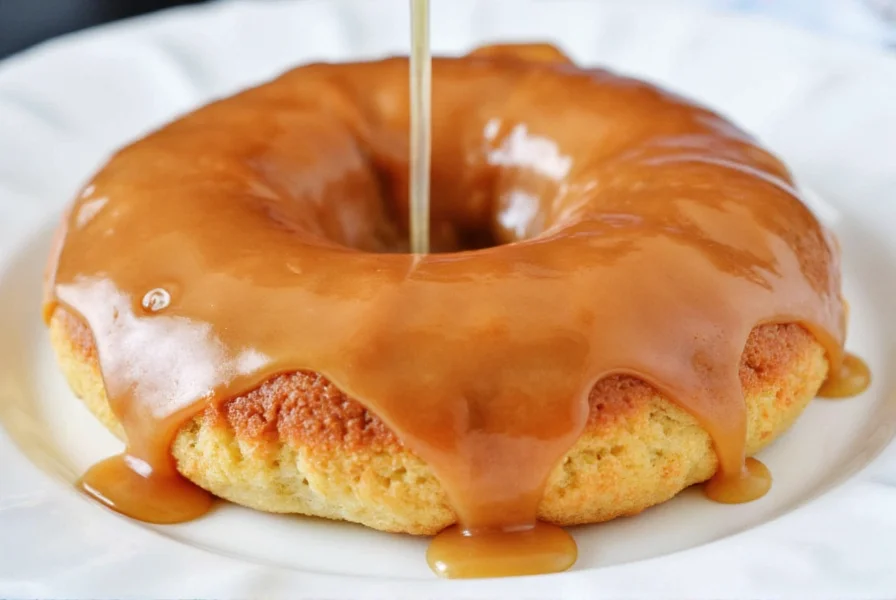
Proper storage is key to keeping your homemade maple glaze fresh and flavorful. Here are some tried-and-true methods:
| Storage Method | Duration | Pros | Cons |
|---|---|---|---|
| Refrigerator | Up to 2 weeks | Easy access, maintains freshness | Can harden slightly when cold |
| Freezer | Up to 3 months | Lasts longer, perfect for batch-making | Needs thawing time before use |
| Airtight Jar at Room Temp | Up to 5 days | Convenient, no fridge space used | Shorter shelf life, risk of spoilage |
Tips for Storing Maple Glaze:
- Use glass jars with tight-sealing lids to preserve flavor and prevent oxidation.
- Label jars with dates so you know when to use them up.
- Store away from direct sunlight and heat sources to avoid caramelization or mold growth.
- If the glaze separates, gently reheat and stir to restore texture.
Buying Guide: Best Maple Syrups for Glazing
Not all maple syrups are created equal. For the best results, always opt for 100% pure maple syrup rather than pancake syrup, which often contains corn syrup and artificial flavors.
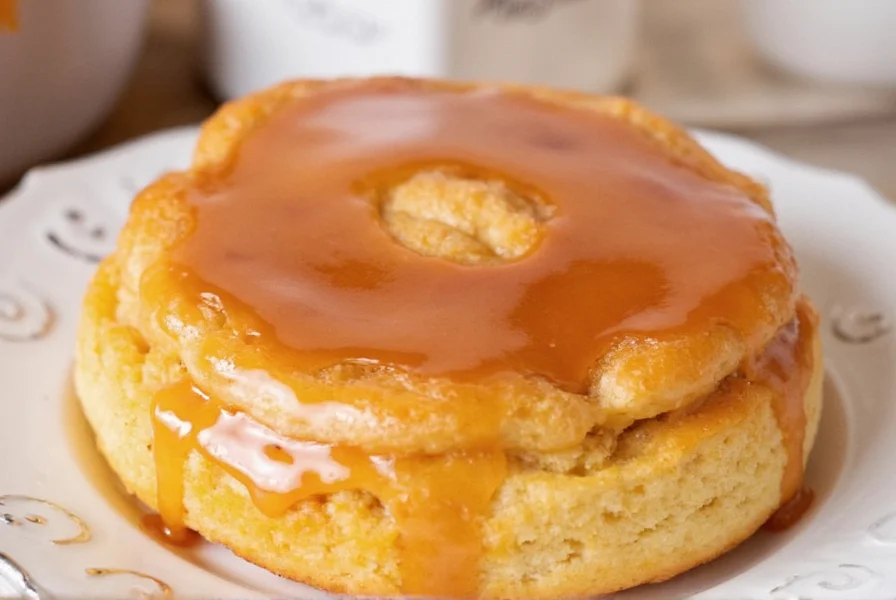
Top Maple Syrup Brands for Making Glaze
| Product Name | Flavor Profile | Best For | Occasion | Price Range |
|---|---|---|---|---|
| Coombs Family Farms Organic Maple Syrup | Rich, deep, robust flavor | Savory glazes, roasts, marinades | Dinner parties, BBQs | $$$ |
| Butterfly Effects Grade A Dark Maple Syrup | Bold, molasses-like notes | Strong-flavored glazes, baking | Winter holiday cooking | $$ |
| Wright's Real Maple Syrup | Mild, sweet, classic taste | Pancakes, waffles, pastries | Weekend brunches | $ |
| Fancy Moose Premium Maple Syrup | Clean, balanced, versatile | All-purpose glazing and cooking | Daily use, gift giving | $$ |
What to Look for When Buying Maple Syrup:
- Grade: Choose Grade A (light amber) for subtle flavors and Grade B (dark amber) for stronger, more intense taste.
- Ingredients: Only "pure maple syrup" should be listed. No additives.
- Origin: Canadian and Vermont syrups are often considered the gold standard, but many other regions now produce excellent syrup too.
- Packaging: Glass bottles preserve quality better than plastic containers.
Creative Ways to Use Maple Glaze
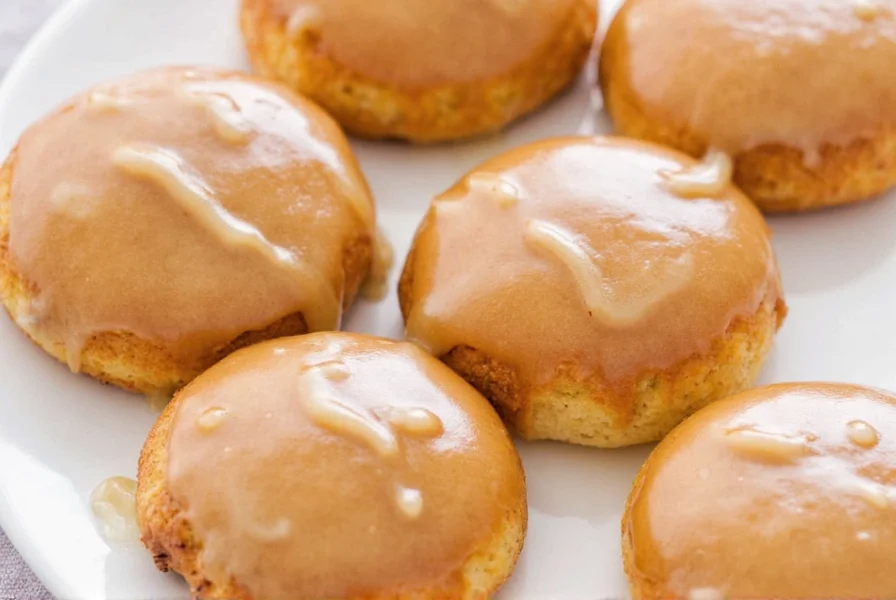
Maple glaze isn't just for pancakes! Here are some unexpected and delicious ways to incorporate it into your meals:
- Glazed Chicken Wings: Toss grilled wings in a spiced maple glaze for a sweet and sticky crowd-pleaser.
- Maple-Glazed Carrots: Roast baby carrots and brush with maple glaze for a sweet side dish.
- Maple Oatmeal Drizzle: Use chilled maple glaze instead of regular syrup for a richer oatmeal experience.
- Maple Popcorn: Warm glaze and toss with air-popped popcorn for a snack that's part sweet, part savory.
- Maple Cheese Board: Drizzle over soft cheeses like brie or goat cheese for a sophisticated appetizer.
- Maple Caramel Apples: Substitute traditional caramel with cooled maple glaze for a healthier twist.
- Maple Smoothie Boost: Stir a spoonful into your morning smoothie for natural sweetness and depth of flavor.
Frequently Asked Questions About Maple Glaze
What's the difference between maple syrup and maple glaze?
Maple syrup is the pure, unprocessed sap of maple trees, while maple glaze is a cooked preparation that typically combines maple syrup with other ingredients like butter, cream, or spices to create a thicker, more concentrated flavor profile. Glaze has a higher viscosity and more complex flavor than plain syrup.
Can I make maple glaze without heating it?
While you can technically use pure maple syrup as a cold glaze, proper maple glaze requires gentle heating to reduce and thicken the syrup, which concentrates the flavors and creates that signature glossy texture. Heating also allows other ingredients like butter and spices to properly incorporate.
Why did my maple glaze crystallize?
Maple glaze can crystallize if it's overheated or cooked too rapidly. Maple syrup contains natural sugars that can crystallize when exposed to high heat. To prevent this, always cook maple glaze over medium-low heat and avoid boiling. If your glaze does crystallize, try adding a teaspoon of warm water and gently reheating while stirring constantly.
Can I make maple glaze vegan?
Yes! Simply omit the butter and dairy ingredients. For richness, you can substitute butter with coconut oil or vegan butter, and use plant-based milk instead of dairy cream. The basic maple syrup is already vegan, so these simple substitutions will keep your glaze completely plant-based.
How do I adjust the thickness of my maple glaze?
For a thinner glaze, add more cream or milk (1 teaspoon at a time). For a thicker glaze, continue simmering gently to reduce and concentrate the mixture. Remember that maple glaze will continue to thicken slightly as it cools. The ideal consistency should coat the back of a spoon but still drip off slowly.
Can I use maple glaze as a marinade?
Absolutely! Maple glaze makes an excellent marinade for meats, especially pork, chicken, and salmon. The natural sugars help create a beautiful caramelized crust when grilled or roasted. For best results, combine your maple glaze with acid (like citrus juice or vinegar) and spices, and marinate for 2-4 hours before cooking.
Why does my maple glaze separate?
Separation usually occurs when ingredients aren't properly emulsified or when the glaze gets too hot. To fix separated glaze, remove it from heat and slowly whisk in a small amount of cold water or cream while the mixture is still warm. For prevention, always add butter gradually while stirring constantly, and maintain a gentle simmer rather than a vigorous boil.
Final Thoughts
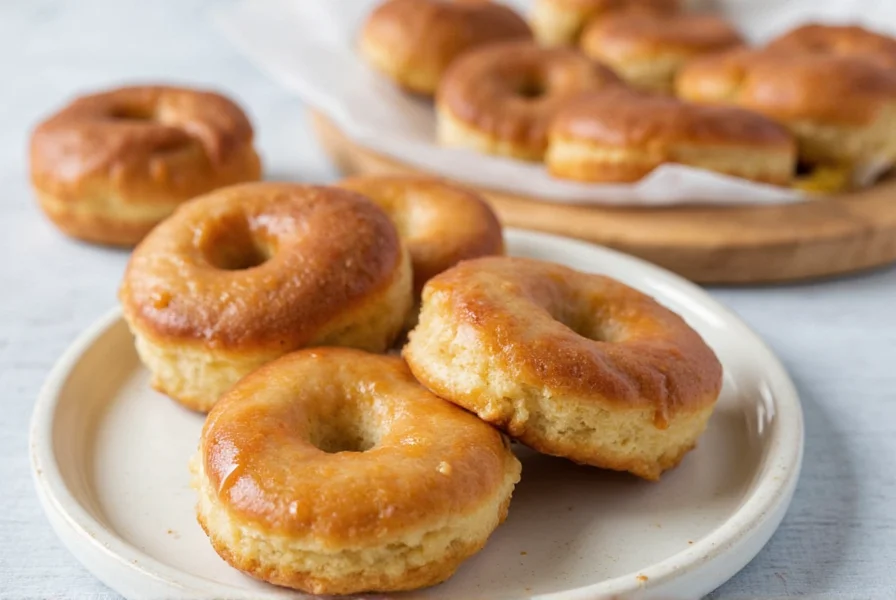
Knowing how to make maple glaze opens up a world of flavor possibilities. With just a few simple ingredients, you can create a luxurious, versatile condiment that enhances both sweet and savory dishes. From easy storage solutions to creative usage ideas, there's no reason not to keep a jar of maple glaze on hand at all times.
Whether you're brushing it over roasted veggies, drizzling it over pancakes, or infusing it with your favorite spices, maple glaze is a must-have staple in any modern kitchen. So go ahead — experiment, personalize, and enjoy the sweet magic of maple glaze!

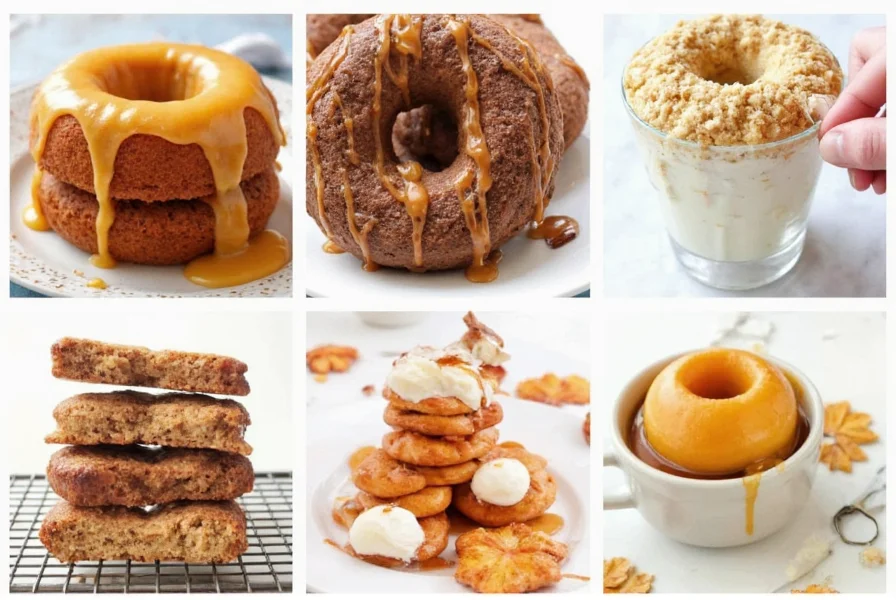









 浙公网安备
33010002000092号
浙公网安备
33010002000092号 浙B2-20120091-4
浙B2-20120091-4